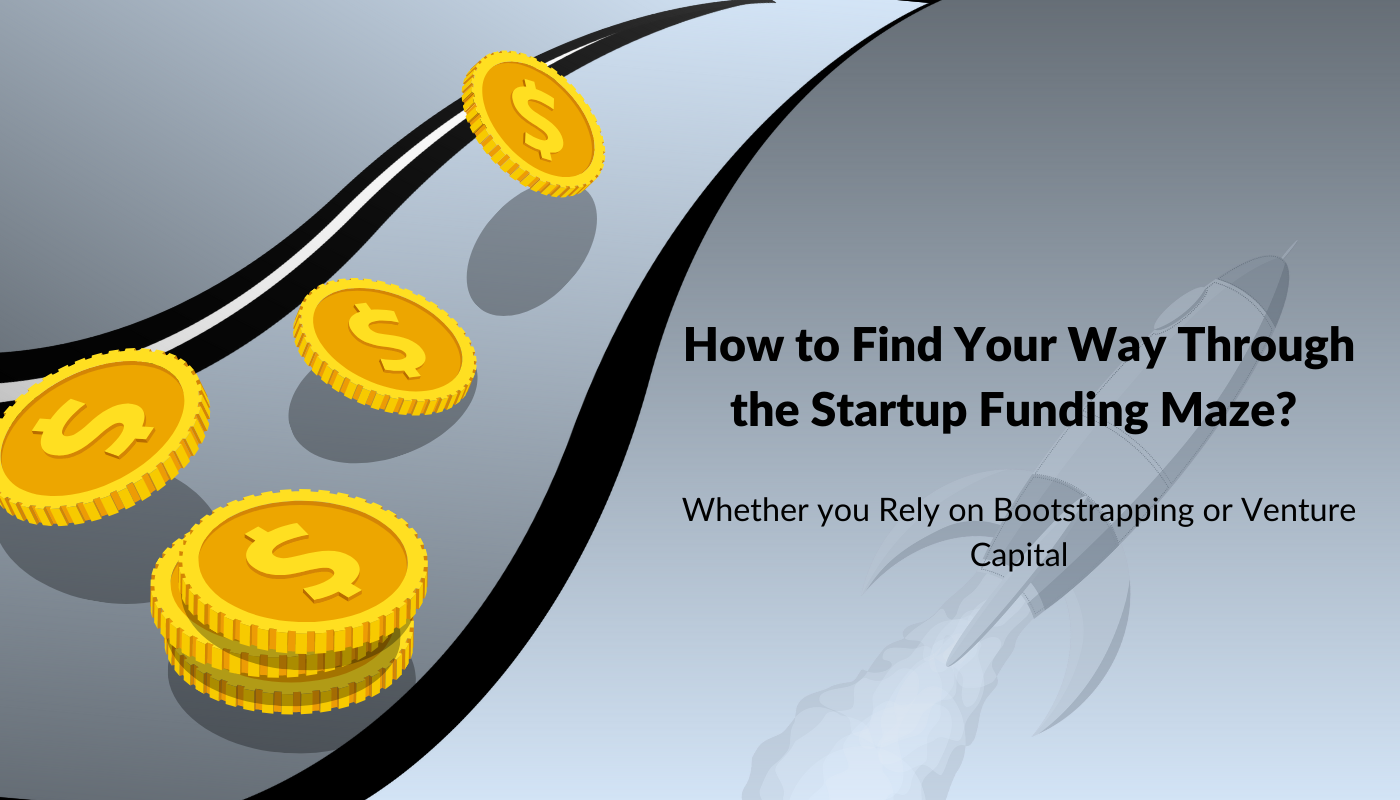


The path to securing financing might feel like a maze for budding entrepreneurs. Bootstrapping (self-financing) and pursuing venture capital (VC) stand out as the two most obvious options. Your choice between these two roads will have far-reaching effects on the character and future of your startup. Here, we'll analyze each potential path in detail, considering their pros and cons.
The Main Point:
There is more at stake than just money when deciding between bootstrapping and venture finance for a firm. However, venture funding can work as a catalyst, propelling firms to dizzying heights albeit with strings attached, whereas self-financing promotes autonomy and cultivates organic growth.
Bootstrapping, in Its Barest Form
1. Sovereignty Over Decisions: A bootstrapped business is analogous to a ship in which the founder is the single captain, selecting the path of the trip without extraneous influences.
When there are no external constraints or predetermined checkpoints along the way, the Adaptive Trajectory allows for a more fluid ability to adjust, refocus, or start over.
Thirdly, Unaltered Ownership: Success is not watered down by sharing stock with third parties.
Resource Constraints: Aggressive Expansion is occasionally stifled by accessible personal cash or created revenue.
Second, the entrepreneur takes on a great deal of personal risk because the company's finances are ultimately his or her own.
An Increase in Strength Thanks to Venture Capital
One advantage is that venture capital can provide a business with substantial funding, opening the door to more ambitious projects and strategies.
Top-tier VCs offer more than just financial backing, though. They can open doors to priceless opportunities for guidance, insight, and networking.
Thirdly, have a safety net in place so that you can bounce back from setbacks more quickly.
1. Shared Steering: When equity is distributed equally, making decisions is a group effort, which might lead to concessions.
2. Growth Imperatives Venture Capitalists want to make money, which translates to significant pressure for rapid expansion.
3. Vision Divergence: There may be tension between the founder's original dream and the VC's vision for the company.
Making a Pitch for Financial Support
The draw of venture capital is apparent for companies in highly competitive industries that aim to quickly acquire a large share of the market. Bootstrapping, on the other hand, can be a rewarding experience for people who value self-direction and perseverance.
In conclusion, a startup's funding story is about more than simply money; it's also about sharing a vision. To find a path that is true to their entrepreneurial spirit, founders need to look inward and evaluate their goals, tolerance for risk, and preferred rate of growth.